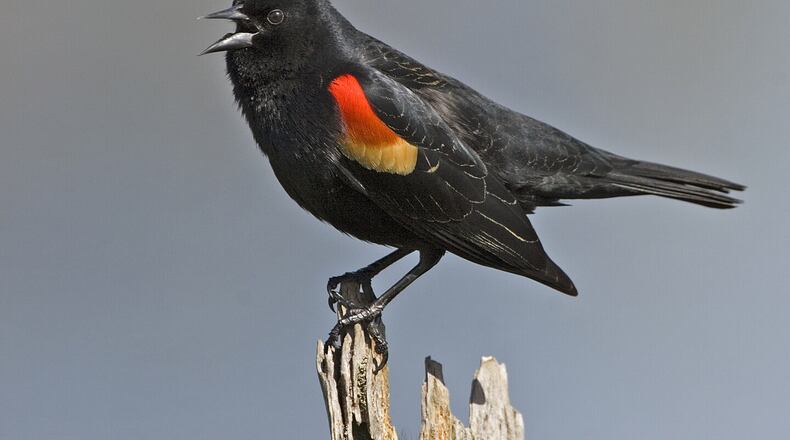A new assessment from the U.S. Fish and Wildlife Service shows that a whopping 96 million Americans (3 out of 10 of us) age 16 and older engage in bird-watching. Of that number, 91 million watch the feathered creatures from the comfort of their homes, yards and neighborhoods.
These are amazing numbers — more than the populations of most nations worldwide. The full report can be found here: fws.gov/sites/default/files/documents/2024-11/2022-birding-in-the-us-demographic-and-economic-analysis.pdf
In Georgia, surveys show that at least 15% of the state’s 11 million residents are bird-watchers — with more folks joining the birding ranks every year.
This month, bird lovers worldwide — including those in 191 other nations — have a chance to show their affection for the creatures by participating in the 2025 Great Backyard Bird Count, now in its 27th year. Anyone can participate — young and old, beginner and veteran birders. You can do it from your backyard, neighborhood park, schoolyard or anywhere else where birds are present.
To participate, just spend at least 15 minutes between Feb. 14 and Feb. 17 counting the birds that you see or hear. You can do it by yourself or with a group.
Then, visit birdcount.org/participate to report your results via smartphone or computer. The website also provides helpful hints on bird ID and other information. Several Georgia cities, nature centers, state parks and other places will host special GBBC activities. Last year, Georgia birders (more than 6,000 of us) tallied 221 species — the ninth highest in the nation — during the GBBC. That’s about a third of the 676 species counted nationwide.
GBBC’s results help scientists determine the status of birds around the world, such as birds’ locations, populations and movements and whether they’re increasing, declining or holding steady. The count is a joint effort by the Cornell Lab of Ornithology, the National Audubon Society and Birds Canada.
IN THE SKY: From David Dundee, Tellus Science Museum astronomer: The moon will be full on Wednesday. Four planets are visible just after dark: Venus, in the west and setting about an hour after dusk; Mars, in the east, appears near the moon Sunday night; Jupiter, high in the south; Saturn, very low in the west.
Charles Seabrook can be reached at charles.seabrook@yahoo.com.
About the Author
Keep Reading
The Latest
Featured

